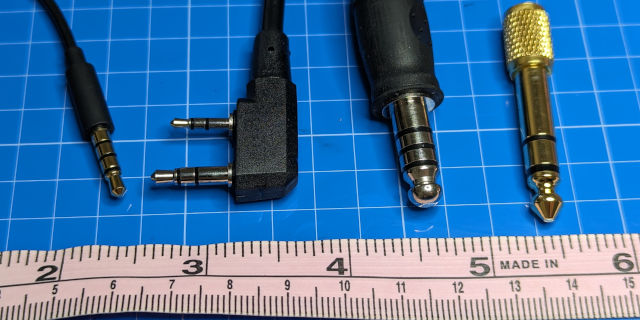
When I'm doing anything with a team or over a large area, we use a radio. We can coordinate further away, in loud places, and report to the whole group at once. There's a lot of experience to gather about using radios, though, so here are some lessons I've learned that might help you too.
Radios put everyone in the same room. We talk to each other to get the information we need to act on, but if everyone talks all the time then we can't hear anyone. Keep it short and to the point so we can get on with it, and otherwise keep off the radio so people know that it's important when they hear the radio come on.
Because radios are less clear than normal speech and remove body language, they can be harder to understand. Use a clear phrase like "say again?" or "can you repeat that?" to ask someone to repeat what they said.
Depending on what the team is doing, it's tempting to use radio for something private, especially when the radio maker claims to have "privacy codes", but this is just a marketing term. Always assume radio is public. If it's sensitive, it needs to be passed face-to-face or be acted upon quickly enough that anyone overhearing won't have a chance to act first.
Radios only work in certain bands, and there are effectively three bands that are commonly used: FRS/GMRS, CB, and MURS. There are a bunch of technical differences between them, but the most important part is to get everyone on the same band.
Family Radio Service (FRS) radios are the most common, cheapest option. The FCC requires them to have a permanently-attached antenna and because they are focused on low cost they might not have easily replaceable batteries or audio connectors. FRS radios can talk to both FRS and GMRS radios.
General Mobile Radio Service (GMRS) radios are the better version of FRS radios: They have more power and can use repeaters, plus they usually have replaceable antennas and audio connectors. GMRS radios cost a little more, but it's worth it. GMRS radios can talk to both FRS and GMRS radios.
Citizens Band (CB) radios have been the standard for vehicle-mounted radio since the 1970s. They get longer range than FRS/GMRS, but they're also bigger. CB radios can only talk to other CB radios.
Multi-Use Radio Service (MURS) radios are typically used by business and industry, and less common among the public. MURS radios can only talk to other MURS radios.
There are tons of different parts and accessories for radios. Making the radio more available through extra batteries and charging docks is the most important, since a dead radio is dead weight. Many radios with proprietary batteries will have adapters available to fit standard AA batteries, and almost all radios have "battery eliminators" available for base stations and vehicles.
A replacement antenna can add range and make the radio more physically flexible, which might be important if the radio will be attached to someone's gear. They're designed for a specific frequency and connector, so make sure it's the right one.
Putting the radio in a mount or pouch can also make it much easier to handle and hear, or just carry it and any spare batteries around more comfortably. But you also might want to move the audio, instead.
Rather than putting a radio closer to the ear, most radios have audio connectors to offload the speaker and microphone into a separate device. Depending on the needs of the team and what gear they're already carrying, there are a few different options that might make sense:
A handset puts the audio in a smaller unit so a radio with a heavy extended battery can stay where it's comfortable.
A headset gets the best audio quality, but can be awkward to wear. If the team is already wearing hearing protection, electronic versions often have an audio input to connect a radio.
Like antennas, audio connectors come in a variety of shapes with a variety of adapter. The most common are:
